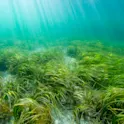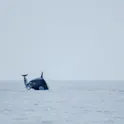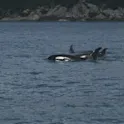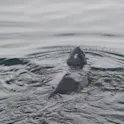
Featured news
04 Oct 2024
How future heatwaves at sea could devastate UK marine ecosystems and fisheries
Around the world, marine heatwaves have devastated fisheries, coral reefs, and kelp forests, damaging economies and stripping countries’ natural capital. So far, the UK has largely escaped a serious marine heatwave – but a short-lived, intense June 2023 heatwave shows what could happen.













